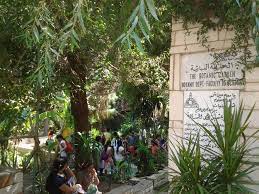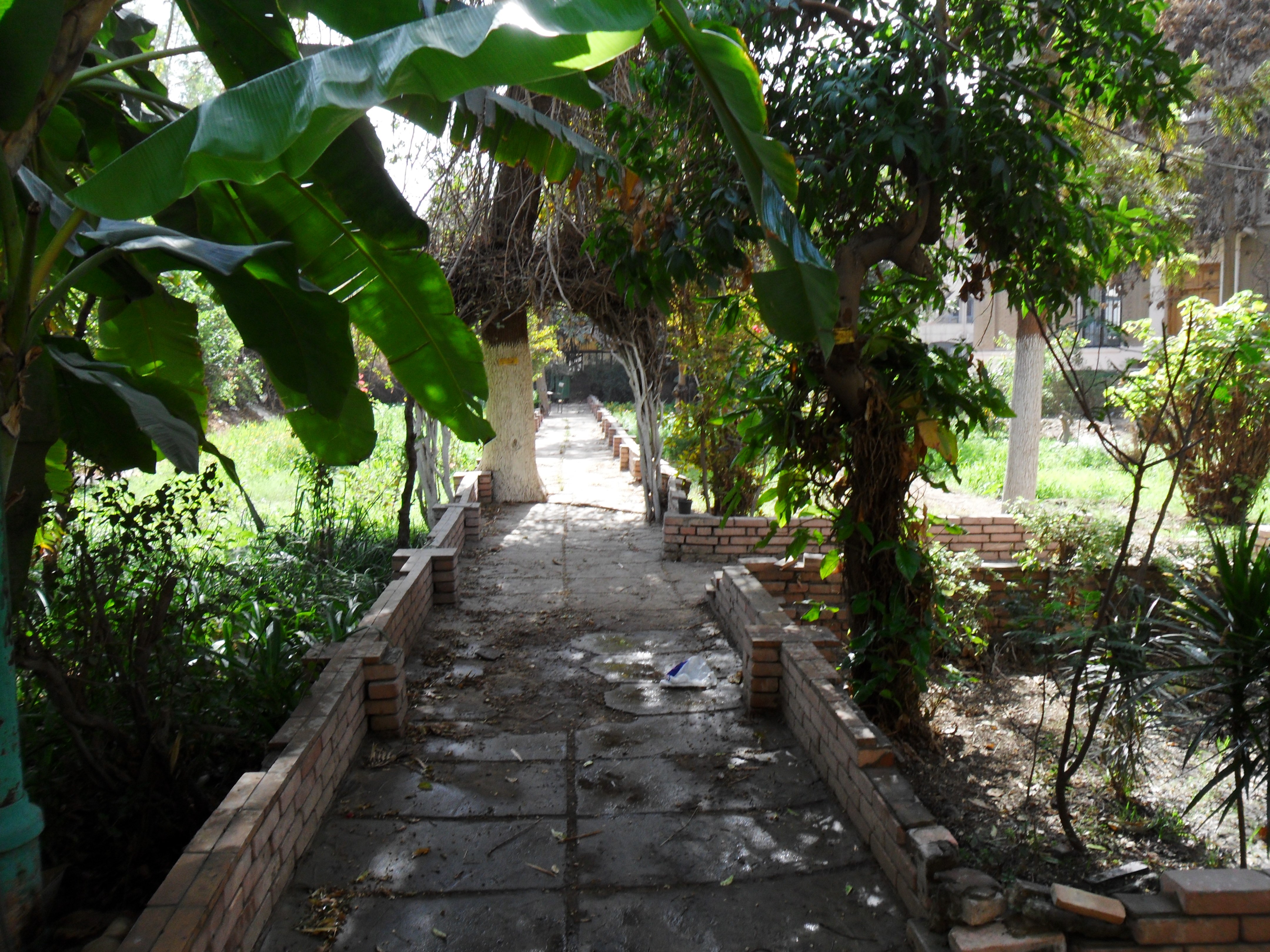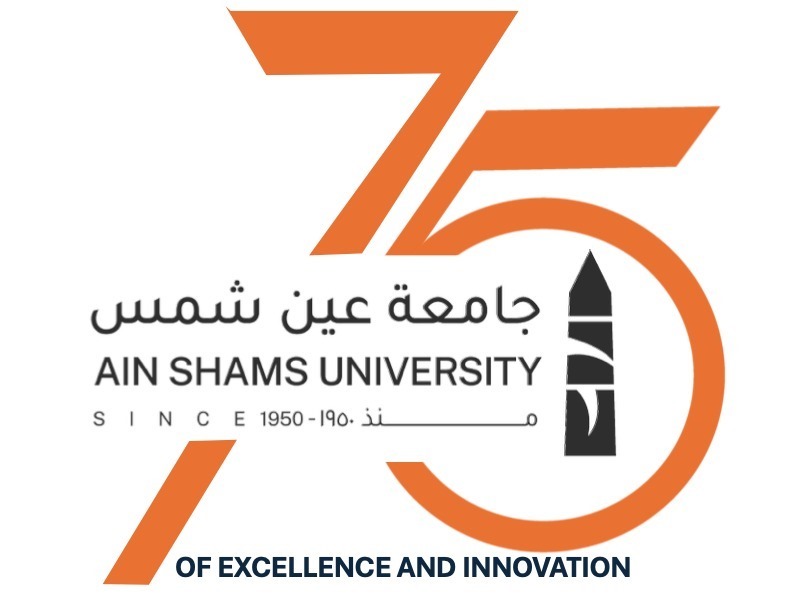Botanical Garden
2022-06-07The museum has several cupboards containing:
- Models for floral compositions of different plant flowers such as (mauve, potato, wheat, smoke, pea, tulip, crusader).
- Figures showing the stages of seed germination.
- Stereotypes showing the internal structures of cross-sectional roots and their growing peak.
- Models of different types of fruits: (can - spatial - simple - dry - pulp - apple - aggregated).
- 18 glass plates with dried patterns of leaves representing different leaf shapes, top shape and edge shape.
- 9 planks containing models of different types of dry seeds and woods and their uses.
- 9 boards illustrated for the different sectors used in the study of scientific students.
- An anatomical illustration of the gametophyte carrying the modern sporophyte.
- 24 paintings of plants belonging to different factions including (leaf shape - fruit form - Nora shape - branches).
- Anatomy illustrating the life cycle of Marcantia.
- Dried models of infected fruits illustrate the symptoms of some diseases affecting some plants (potatoes, peppers, laring, garlic, onions).
- A cupboard containing jars with microscopic algae.
- Dishes and tubes have different types of cereals.
 |
 |
The circular cupboard in the center of the museum contains:
- Shelf of glass bottles (32) with dry models of some plants of economic and medical value, including: chamomile plants - juniper plant - tannins plant - sky - plant Halitet - Atuna seed plant - Senami,...).
- A shelf with models of some wooden fruits, including fruit growing trees in Egyptian environments and some grow in tropical environments.
- The shelf contains pieces of plant fossils as well as various types of wood.


.svg)
